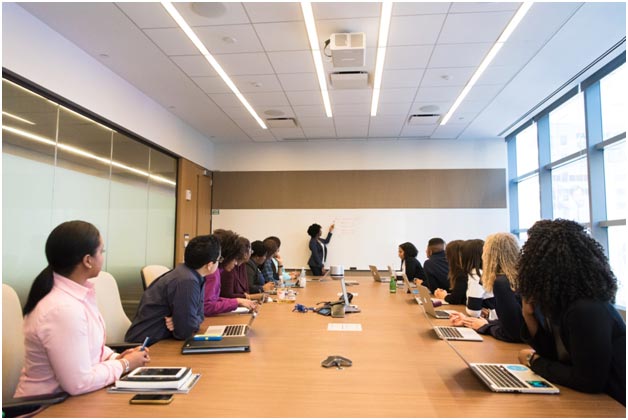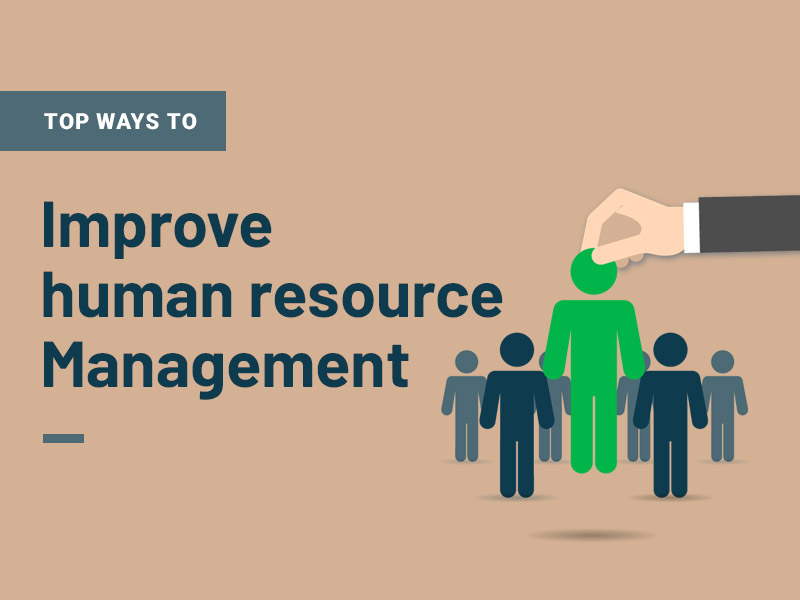In today’s fast-paced business landscape, continuous learning stands out as a pivotal cornerstone for organizational success. As industries evolve and job roles transform, the imperative to remain updated has grown exponentially.
According to a study, 76% of employees have indicated that they’re more inclined to remain loyal to a company that prioritizes continuous training. This underscores the profound impact that an unwavering commitment to learning can have on retention.
Embracing this ethos, many organizations are investing in a company LMS, or learning management system, as a means to cultivate and nurture a dynamic learning environment.

The Shift in Workplace Learning
The modern workplace has undergone significant metamorphosis. Gone are the days when a single degree or certification could secure a person’s professional trajectory for a lifetime. Today’s knowledge economy demands consistent upskilling and reskilling.
No longer are traditional learning methods sufficient; they often lack the agility and customization required in our fast-paced world. Instead, organizations are seeking ways to equip their employees with the latest skills and knowledge, ensuring they remain relevant and competitive.
What is a Continuous Learning Culture?
A continuous learning culture can be thought of as an organizational environment that prioritizes and facilitates ongoing education. At its core, it signifies an embrace of the idea that the learning journey doesn’t end after formal education but is instead a lifelong pursuit. This culture brings a myriad of benefits. Employees in such organizations tend to be more adaptable to changing circumstances and technologies. They are often more engaged, knowing that their employers value their growth.
On the flip side, employers benefit from a workforce that’s always at the cutting edge, driving innovation and superior business performance. It’s no surprise then that continuous learning businesses are 46% more likely to be first to market, experience 37% higher productivity, and are 92% more likely to innovate.
How LMS Supports Continuous Learning
Learning management systems are the torchbearers of this new age of learning. Think of them as digital libraries, classrooms, and training departments, all rolled into one. They offer customized learning paths, tailoring content to fit the unique needs and aspirations of each user. This means whether an employee is being onboarded or being groomed for leadership, the LMS has them covered.
Another strength of LMS is its flexibility. Employees can access content at their convenience, be it during a lunch break, a commute, or even on a vacation. Add to that the power of analytics, and you have a tool that not only delivers content but also provides insights into user progress, strengths, and areas that might need a bit more attention.
Key Features of an LMS that Foster a Continuous Learning Culture
A potent LMS is characterized by a few standout features. For one, it delivers a personalized learning experience. No two learners are the same, and a robust LMS recognizes this, adjusting content delivery based on individual preferences and progress. It’s not just about solitary learning, either. Modern LMS platforms incorporate collaboration tools and encourage social learning, allowing users to discuss, debate, and dissect ideas together.
Gamification is another critical component, turning learning into a fun, competitive activity, and keeping users engaged. In our mobile-first world, an effective LMS is designed with mobile users in mind, ensuring that learning can truly happen anytime and anywhere. Integration capabilities further ensure that the LMS can be seamlessly woven into other enterprise systems, creating a unified user experience.
Strategies to Implement LMS in Fostering Continuous Learning
Implementing an LMS in any organization requires a strategic approach. Start by promoting a growth mindset. This means fostering an environment where mistakes are seen as learning opportunities, and personal growth is both encouraged and celebrated.
Regularly update the content, ensuring it remains relevant in a constantly evolving landscape. Encourage employees to share their knowledge and insights, turning every team member into a potential teacher.
Potential Challenges and Solutions
But like any transition, integrating an LMS can come with its own set of challenges. The introduction of new technology can meet resistance. Overcome this by providing comprehensive training sessions and opting for an LMS with a user-friendly interface.
The quality and relevance of content can sometimes be a concern. Address this by implementing regular content audits and creating feedback loops with learners. Engaging employees might be another hurdle. Gamified elements, real-world application exercises, and fostering a culture of peer recognition can go a long way in boosting engagement levels.

Final Thoughts
Continuous learning is not just a buzzword; it’s a necessity in our ever-evolving world. Organizations that recognize this and invest in fostering a learning culture are set to reap the benefits manifold. With an LMS at its core, such a culture becomes easy to establish and even easier to sustain. As we stand on the cusp of a learning revolution, now is the time for companies to lean into LMS and champion the cause of lifelong learning.
Also Read: How to Create a Knowledge-Sharing Culture with LMS







